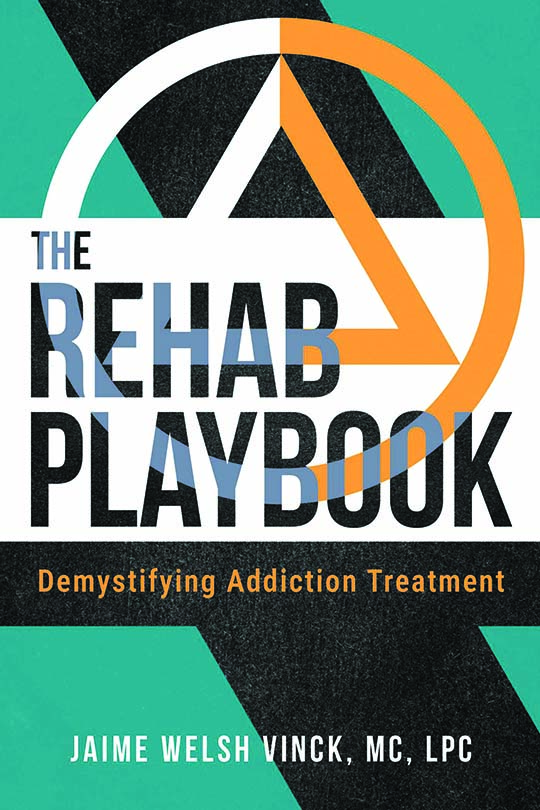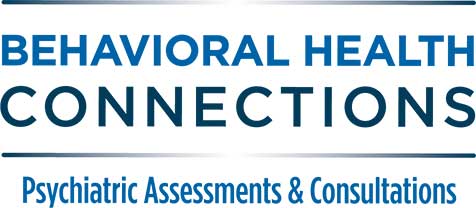From the first shock of dealing with attempted suicide in the family, to the anxiety of navigating an emergency room visit, and repetitive thoughts and questions that make sleep difficult, it can be one of the most frightening and confusing events in a family’s life together. At first, attention is necessarily focused on stabilizing the physical and mental health of the child in crisis. It can be easy to overlook the longer-lasting effects of suicidal attempts on family dynamics. But family response to suicide is a significant factor in preventing a future teen suicide attempt.
Family Response to Suicide After the Crisis
It’s common for parents to feel anger or guilt. Perhaps the teen had been masking their depression, or the warning signs of depression were mistaken for typical teenage mood swings. An attempt reveals the true depth of a child’s struggle. A teen who has made a suicide attempt must receive ongoing, long-term care to address the mental health issues that led to this crisis.
Parents do have control over how they show up in their teen’s life after the attempt. They can make an enormous difference by maintaining an authentic connection with their child based on openhearted curiosity and unconditional love. A supportive family response to suicide greatly improves the treatment and recovery outcomes for a teen who is struggling with depression.
Factors Related to Suicide Risk
Experts have been frustrated for decades by the inability to predict who will make a suicidal gesture and the best methods on how to prevent teen suicide. No single commonly accepted risk factor (i.e. depression, previous suicide attempts, stressful life events, or substance use) is a reliable predictor. Research demonstrates the following factors are reliable predictors when they occur in combination:
• A person’s feelings that they don’t belong
• Their perception of being a burden
• Hopelessness the perceived situation will ever change
• Having a lowered fear of pain and death, whether from abuse, self-harm behaviors, substance abuse, or mental illness.
Fortunately, the first two of these factors are within a family’s influence. For most teens, the family has a powerful influence on the perception of belonging and not being a burden. The family response to suicide is a critical component of post-crisis care.
Effects of Suicidal Attempts on Family Relationships
It’s important to realize once a child comes home from hospitalization and/or residential treatment — or if they are home while attending outpatient treatment — family life will not return to what it used to be. The effects of suicidal attempts on family dynamics and a family’s everyday functioning continue to be felt long after the immediate crisis is over.
Here are some of the ways in which the family is impacted after a teen suicide attempt, and what parents and siblings may experience.
Your child seems like a different person
If your child had been masking their depression before the suicide attempt, they may not want or be able to hide it any longer. That’s a good thing, because they are being more honest about what they’re going through. But it can be challenging for parents who are used to thinking of their teen as “just fine” or “not a problem.” Parents may need to readjust to this more authentic version of their child. It’s vital for them to work on accepting and embracing their teen’s expressions and moods, so they don’t go “underground” again with their depression.
Safety precautions may require changes around the home and in routines
The risk of a second suicide attempt is highest within the first six months after an initial attempt, and research demonstrates that the risk remains high for a year. All family members need to be on board with ensuring a teen cannot access dangerous items (knives, scissors, razors, medications, car keys, or guns). Routines may need to change to ensure teens have the support and monitoring they need at home. Take care that your child does not perceive these precautions as a source of conflict or resentment. Feeling like a burden is a significant risk factor for acting on subsequent suicidal thoughts.
Parental oversight increases
Few teens willingly relinquish newly gained independence. Parenting a suicidal teen requires a delicate balance between increasing oversight and cautiously allowing them to resume their independence. Start by asking your teen what feels helpful and what does not, and accommodate their preferences as much as you safely can. At the same time, recognize you may be experiencing PTSD symptoms yourself—such as jumpiness, nightmares, flashbacks, or difficulty concentrating. Prioritize your own self-care or seek professional help to address these symptoms.
Sibling relationships may shift
The effects of suicidal attempts on family dynamics includes siblings as well. Siblings are likely to feel scared by the crisis and confused about what it means for them and for the family. Their needs may get overshadowed by the needs of the teen in crisis. Younger children may even feel responsible in some way, or take it personally when their gestures of comfort don’t work. Older children can struggle with their part in the family’s effort to keep the child in crisis safe. There is also a danger a sibling may conclude that they need to take drastic action to get their parents’ attention. Parents can help them recognize their signs of stress and learn how to reduce it. Reassurance that they are important is essential. If parents’ time and energy are stretched thin, reach out for help to an extended family member or friend.
Communication is more important than ever
Be aware, this is a difficult time to establish new communication habits with your teen. Do not expect heart-to-heart conversations if you haven’t had them before. But do establish a regular check-in routine that your teen will be comfortable with. It’s also helpful to have a shorthand way for them to communicate their needs without having to talk much. For example, a teen can help set up a scale of distress that they can quickly refer to. Ideally, the scale will include ideas about would be helpful at each level of intensity.
Understanding Parent Coping Styles
Dealing with attempted suicide in the family is an unprecedented stressor. Natural differences in coping styles can be an added source of tension in a marriage or co-parenting relationship. Parents are facing two daunting tasks simultaneously—how to respond to a situation both beyond their control and outside their experience, and how to regulate their own intense emotions.
It helps to understand that if a co-parent takes a different approach than your own, it may reflect a different coping style. A parent’s coping style is also shaped by past experiences. The current crisis may reawaken memories of childhood trauma deep in a parent’s past, triggering an unhelpful style of coping. If you observe unhelpful coping styles in yourself or your partner, it is essential to get professional support for yourselves as part of the process of helping your child. That support will make it easier for you to weather the effects of suicidal attempts on family life.
Treatment to Heal the Effects of Suicidal Attempts on Family
At Newport Academy, we address the effects of suicidal attempts on family connection by healing the ruptures in the parent-child relationship, so teens feel safe turning to their parents for support when they are struggling. The groundbreaking Attachment-Based Family Therapy modality is a critical component of every customized treatment plan for our clients and families.
Our treatment model also encompasses approaches for cognitive reframing and improving distress tolerance, so teens have healthy ways of coping with difficult emotions and experiences. Contact us today to learn more and get started on the path to healing.
www.newporthealthcare.com
Sources
Front Psychol. 16 April 2019.
Psychol Bull. 2017 Feb;143 (2): 187–232.
J Ment Health. 2017 Aug;26 (4): 366–372.
Psychol Bull. 2017 Dec;143 (12): 1313–1345.
Am J Psych. 2016 Nov; 173 (11): 1094–1100.






































